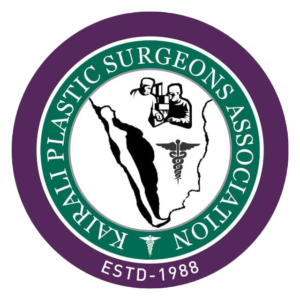
INTRODUCTION:
The face is said to be a reflection of our minds, bearing testimony to the scars and struggles endured. As with signs of aging, including wrinkles, pigmentation, warts, the young may also struggle with acne scars, pigmentation, birth marks, rhinophyma. Dermabrasion is an exfoliating or skin-resurfacing technique that helps improve the contour and appearance of the skin. Though usually performed on the face, dermabrasion may also be done for stretch marks over body surfaces, pigmented birthmarks, and also for pre-cancerous conditions like solar keratoses, etc.
PROCEDURE:
Dermabrasion involves the use of a rotatory device with an abrasive wheel that removes a layer of skin intended to negate irregularities and scars. The resulting newer skin that grows is smoother and softer. Usually not effective in deep burn scars that involve deeper layers of the skin. The results are also, better in fair skinned individuals due to greater chance of bruising and pigmentation in darker skins.
MICRO-DERMABRASION
Microdermabrasion is not same as dermabrasion. It involves manual removal of the dead skin layer using crystals or fine sand like material and removing them by suction. As such it is more similar to chemical peeling and exfoliation. It may cause minimal erythema that usually resolves with 24hrs and thus has faster recovery than dermabrasion which is more aggressive.
Microdermabrasion will not be effective for deep acnes scars, burns. It can, however, be effective on all skin types and color.
RISKS:
Dermabrasion may sometimes, leaves scar if done too deep.
Bleeding, bruising, pigmentation may occur.
Recovery and Healing
There is usually some amount of bruising and swelling following dermabarasion, that may settle within an weeks time. Avoid direct contact with sunlight for a period of 6 months to one year.
The new skin may be itchy, but is usually smoother and softer.
